What happens with humans remains at Indy stadium construction site
INDIANAPOLIS — The renderings developer Keystone provided FOX59/CBS4 suggest a sweeping transformation of the property where the Diamond Chain factory once stood where West Street meets Kentucky Avenue.
There is a 20,000-seat soccer stadium planned on the far side of the property near the White River. Also, on the drawing board a hotel, apartments, office space, room for retail, a 4,000 music and performance venue and a park to let visitors and residents enjoy the many amenities.
But the first things put up on the site were tents.
Amidst the newly-disturbed brown earth sits a pair of yellowish tents with sides that reach the ground. Watch them for a while and you’ll see a person in boots, coveralls and a hard hat emerge from the tent or enter.
On a recent visit to the construction site, local historian and activist Leon Bates watched with us.
“These guys are doing the work to excavate these remains out right now,” said Bates.
Bates was referring to human remains.
A spokesperson for the Indiana Department of Natural Resources confirmed that “archeological work” has been going on at the site since the discovery of human remains was announced in late December.
Specifics on what has been found are not available. The possibilities are artifacts, human remains, or maybe both.
This is not new here because the site includes a large swath of what was Indianapolis’ first burial ground, Greenlawn Cemetery.
How many more remains may be found? Bates replied, “No-one knows. We don’t know exactly how many are out there. What we do know is that it’s going to be a significant number.”
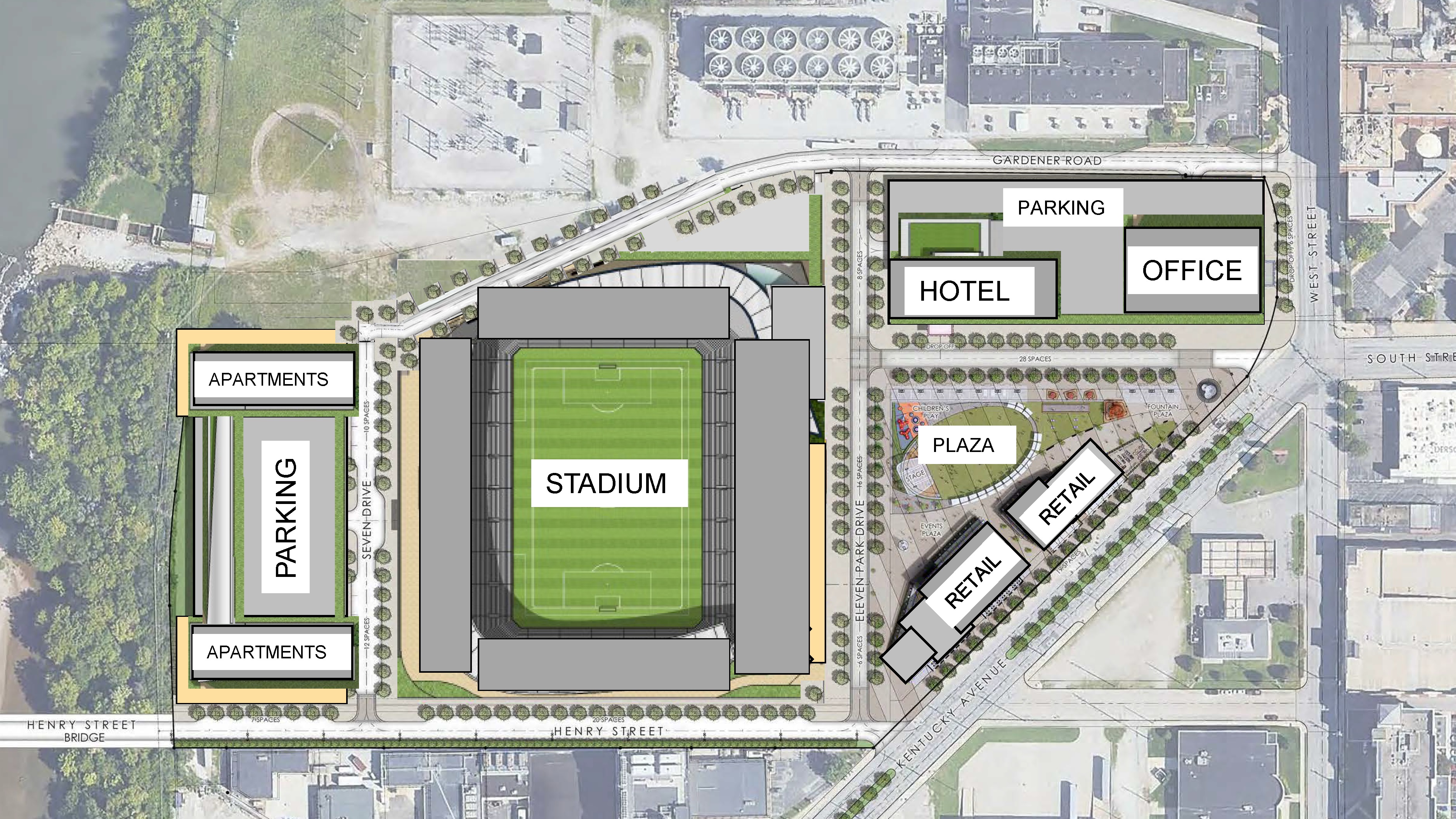
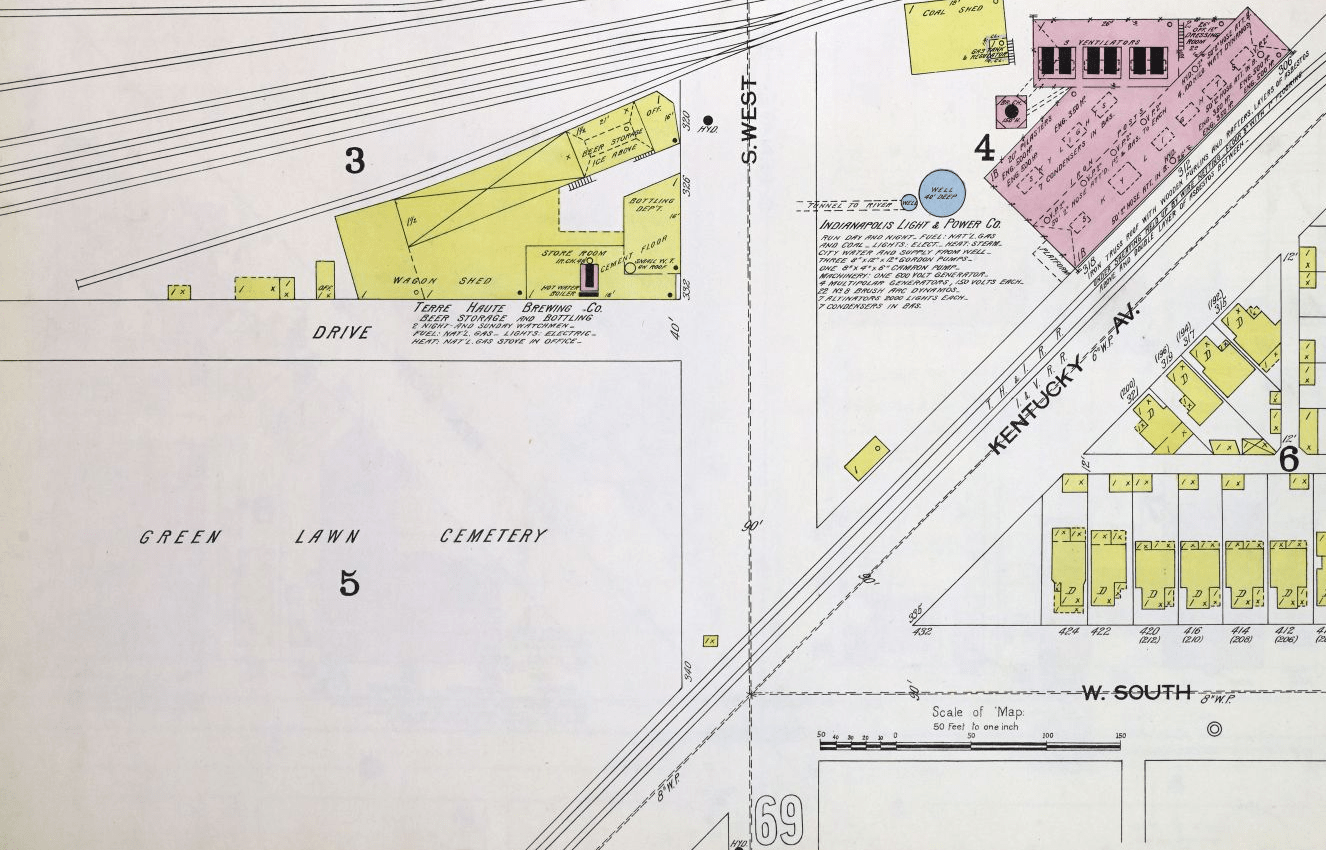
GREENLAWN’s CHAOTIC HISTORY
When Indianapolis’ Mile Square was first laid out, space was reserved for a burial ground.
“That was Indianapolis’ very first cemetery created in 18-21. That means many of our city’s pioneers and fathers were buried there,” explained Eunice Trotter, director of the Black heritage preservation program at Indiana Landmarks.
But in the pioneer days of the city, records were scant or non-existent. Often the only indication of where a person was buried was the marker left on the grave.
There were other problems throughout the 19th Century. Grave robbing was a persistent problem. A segregated section for Black people placed nearest the river was plagued with flooding leading to lost graves and remains. Newspaper clippings suggest in the 1880s the cemetery was “overcrowded” and in such poor condition local doctors wanted it condemned.
Eventually, Mayor Caleb Denny called for the property to be reclaimed by the city and for the graves to be moved.
Some were.
EXHUMATION AND REBURIAL
The most documented exhumation involved Confederate soldiers who died in a prisoner-of-war camp in Indianapolis. Their burial ground was on the far north side of the cemetery near a slaughterhouse.
The US War Department paid to have the remains dug-up and moved to Crown Hill Cemetery. For others, it was up to spouses and families to pay to have loved ones and ancestors moved.
Trotter said, “(That) means a lot of the people who couldn’t afford to have their graves removed, African-Americans and people who were paupers, remained there.”
It is Trotter’s belief that many of the city’s Black elite who were buried at Greenlawn were not moved and are still somewhere on the property.
“The great-great-grandfather of Muhammad Ali was buried during there. Augustus Turner, who was the largest property owner among African-Americans in Indianapolis, was buried there,” noted Trotter.
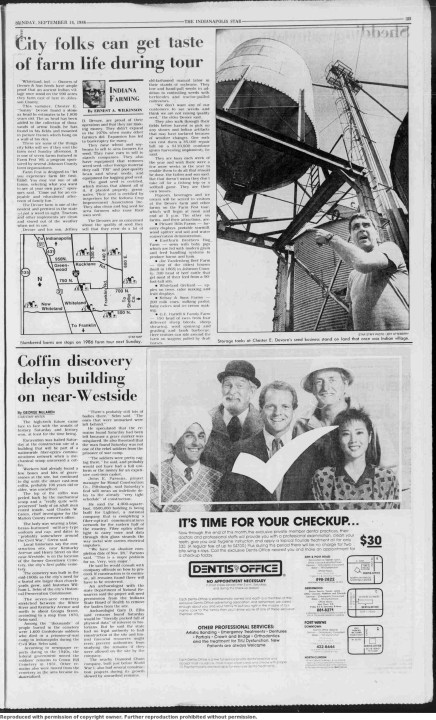
EXAMINATION OF THE FINDINGS
Whether it’s possible human remains or artifacts, all findings recovered from the construction site will go to the lab of Jeremy Wilson, professor, and chair of IUPUI’s Anthropology Department.
Wilson has experience with recovered remains. He was part of a team recovering remains of Black victims in the 1921 Tulsa Race Massacre.
The work on the old Diamond Chain factory site begins with delicate work done with large excavators.
“The operators of the machinery are very careful and work with an archeologist out in front of the bucket and they’re only scraping away several inches of soil at a time,” said Wilson.
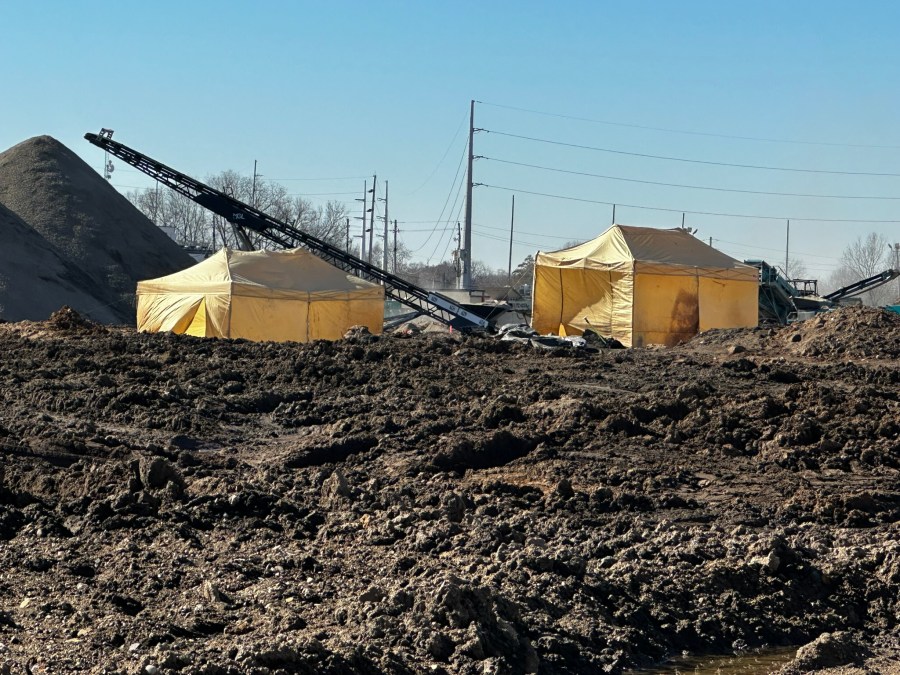
As the ground is mechanically opened, archeologists will look for grave shafts, patterns in the ground that indicate a grave site.
By state law, when remains or artifacts are found, all work within 100 feet in all directions must stop to allow further examination.
Discoveries are when tents go up, to protect the integrity of the location where the discovery is made and to prevent potential viewing of the remains.
Wilson explained, “Out of respect to the deceased and any potential family members and loved ones that still reside in Indianapolis and Central Indiana today, we view it as unethical to allow the public to see human skeletal remains.”
REPORTS AND TIMELINES
Wilson recently began the examination of the findings gathered at the construction site. Bones and bone fragments could reveal age, biological sex, height, and in some cases identity if DNA can be extracted. But that could cost thousands of dollar for the genome sequencing of one individual.
Where such funding might come from is unclear.
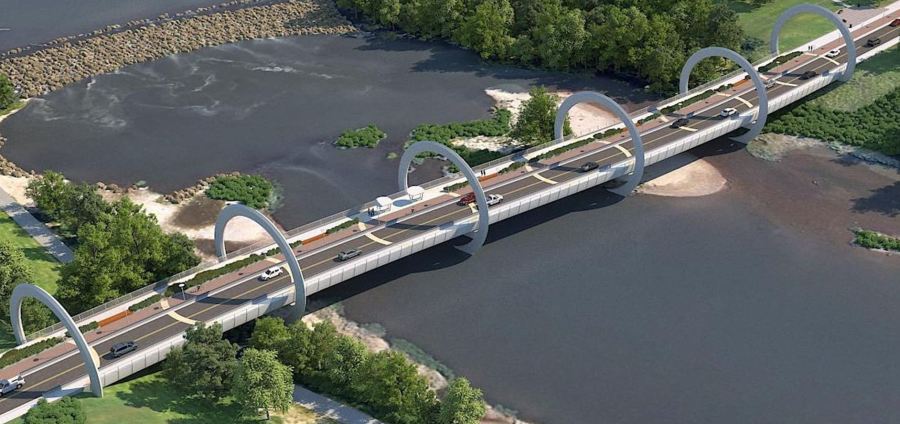
In late spring, a report is expected with at least preliminary information on what has been identified from the findings at the construction site.
Keystone on its website about what it calls Eleven Park states it hopes to have the soccer stadium open in the summer of 2025.
Trotter has questions about that timeline, “This is our last chance to do excavation of those remains, to memorialize those people in the proper way. So, if it’s not done now the right way, it will never be done.”

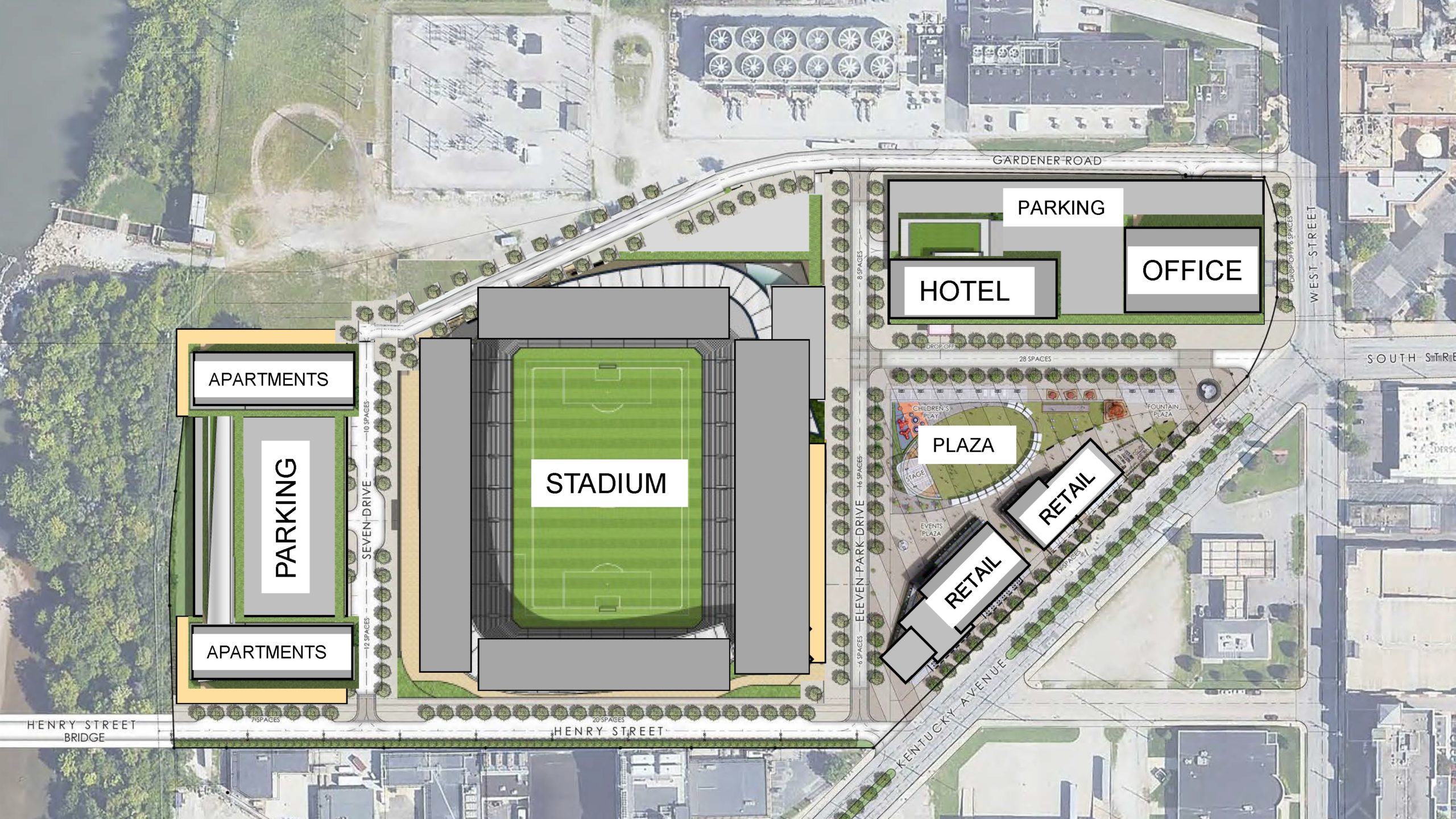
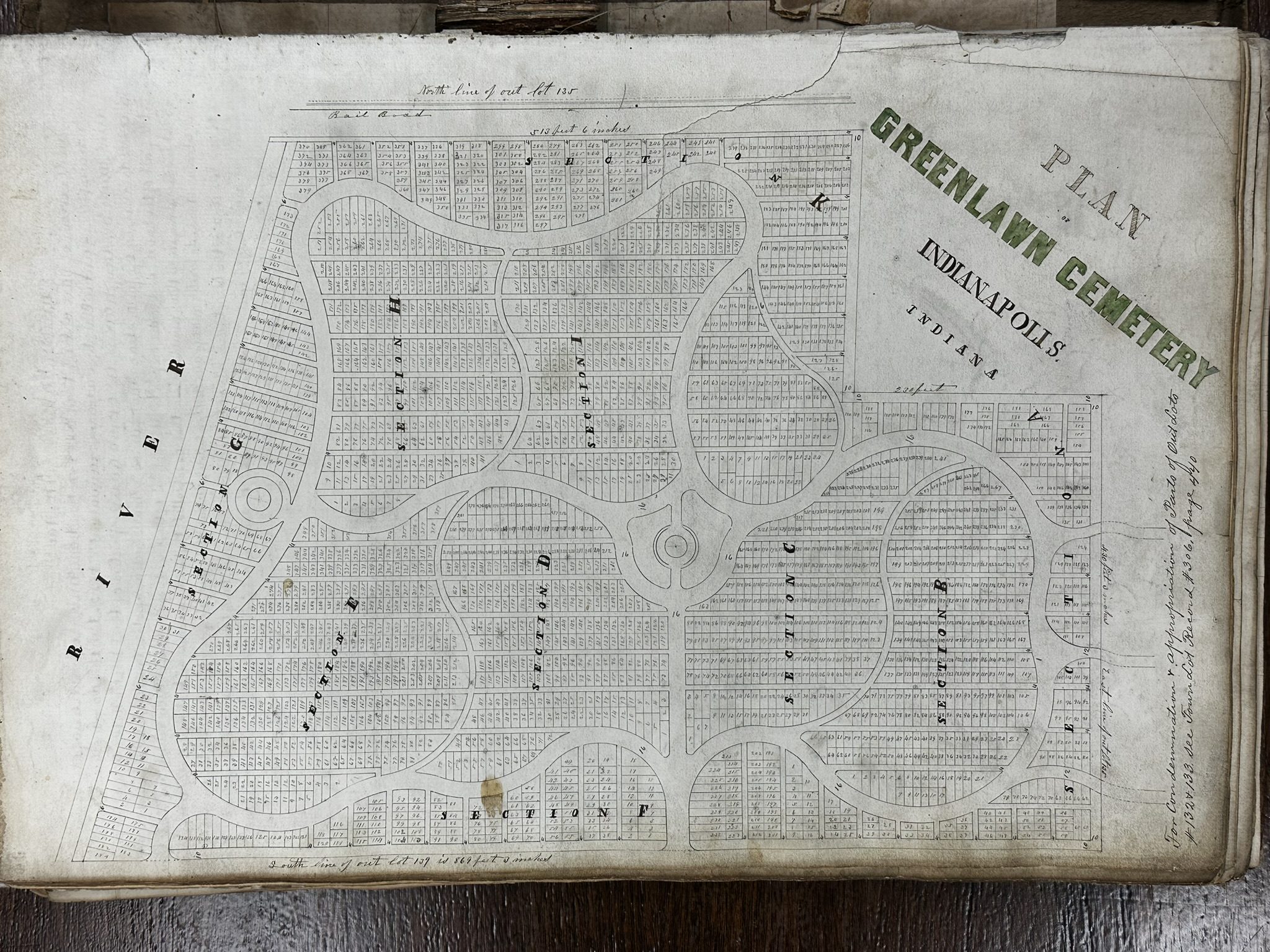
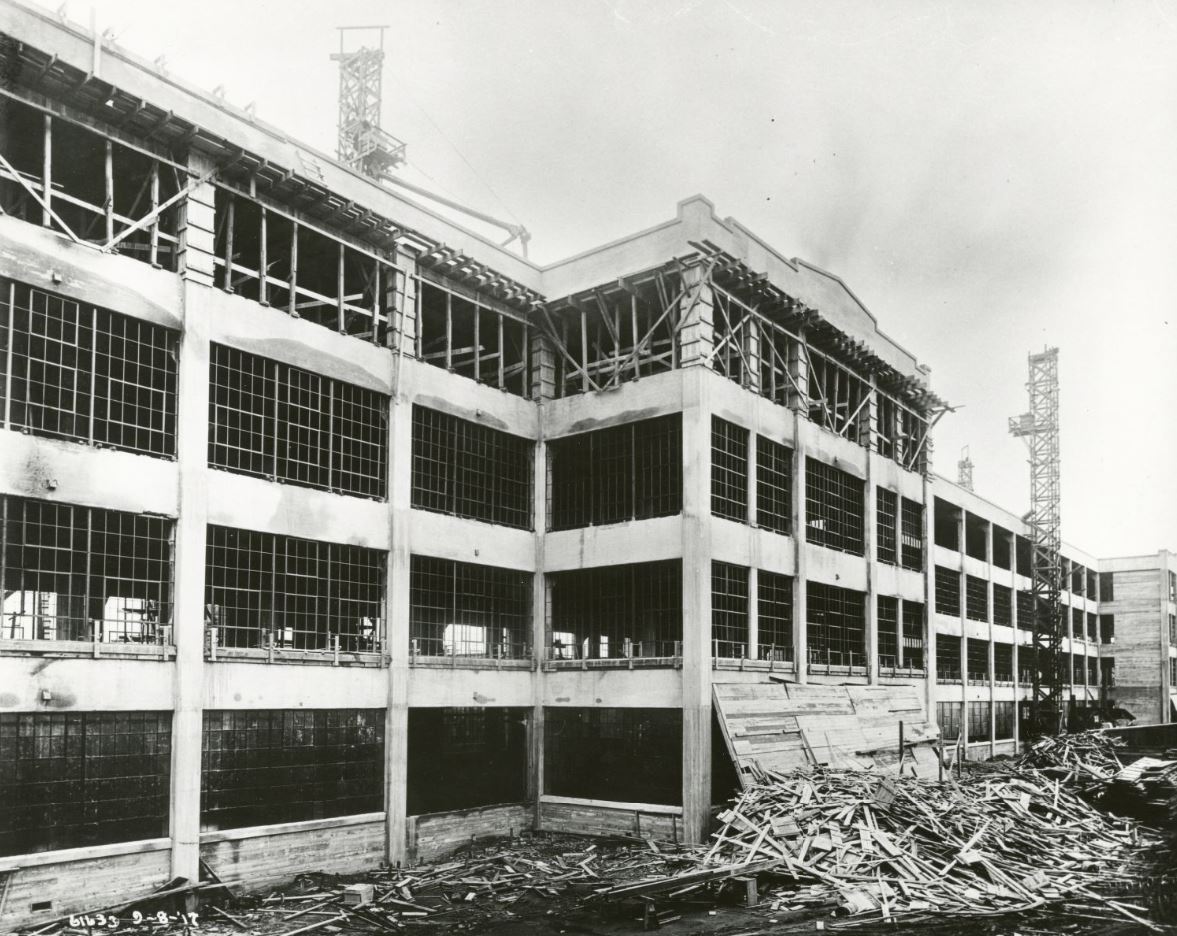
Comments are closed.